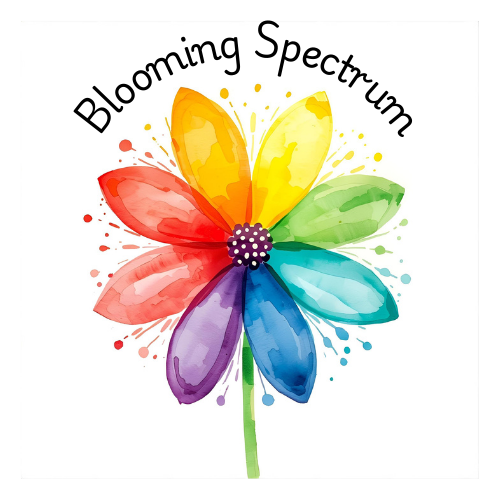IN THIS LESSON
By the end of this module, participants will be able to:
Evaluate their current level of autism-friendliness.
Identify areas for improvement.
Create a customized Autism-Friendly Action Plan for their business.
Commit to ongoing progress and community engagement.
5.1 Why an Implementation Plan Matters
Awareness alone isn’t enough — businesses need a clear action plan to turn knowledge into lasting practices.
An implementation plan:
Helps prioritize changes.
Keeps staff accountable.
Shows customers you are serious about inclusion.
5.2 Step 1: Self-Assessment Checklist
Evaluate your business in these areas:
Environment: Are lighting, noise, smells, and layout accessible?
Customer Service: Do staff use clear communication and allow flexibility?
Policies: Is there a written autism-friendly policy in place?
Community: Do you promote sensory-friendly events or partnerships?
Digital Presence: Is your website/social media accessible and clear?
👉 Businesses should score themselves honestly to see where to start.
5.3 Step 2: Set SMART Goals
SMART = Specific, Measurable, Achievable, Relevant, Time-bound
Examples:
“Reduce background music volume by 50% during all operating hours by next week.”
“Introduce a sensory-friendly shopping hour twice a month starting next month.”
“Train all new staff with our autism-friendly guide within their first 30 days of hire.”
5.4 Step 3: Create an Autism-Friendly Action Plan
Action Plan Template (3 areas):
Immediate Changes (within 30 days):
Example: Lower lighting in one section of the store.
Medium-Term Changes (1–3 months):
Example: Launch a sensory-friendly hour once per week.
Long-Term Commitments (3–12 months):
Example: Add autism-friendly policy statement to website and signage.
Example: Partner with local autism nonprofit for community events.
5.5 Step 4: Staff & Customer Feedback
Share your plan with employees and ask for input.
Ask autistic customers/families for feedback:
“What could we do to make your visit easier?”
Update your plan yearly to reflect progress.
5.6 Step 5: Public Commitment
Post your Autism-Friendly Statement on your website and in your business.
Display your Autism-Friendly Certificate proudly.
Share updates on social media (e.g., “We now offer quiet shopping hours every Wednesday 9–11am!”).

